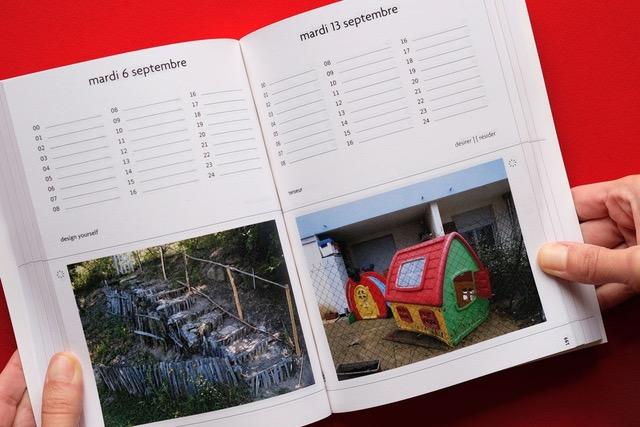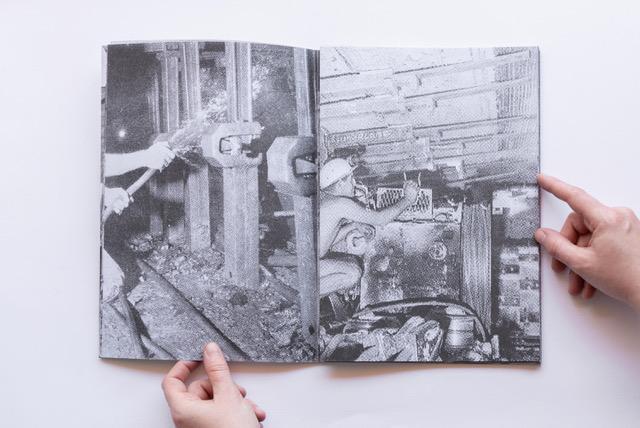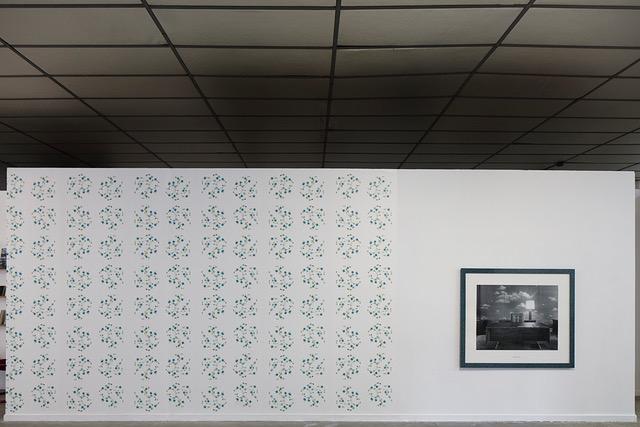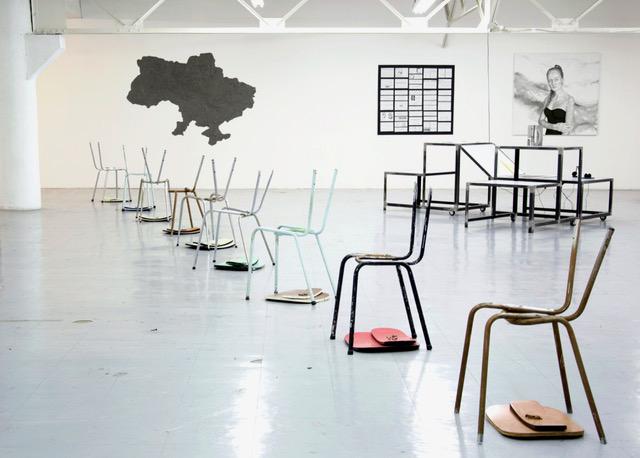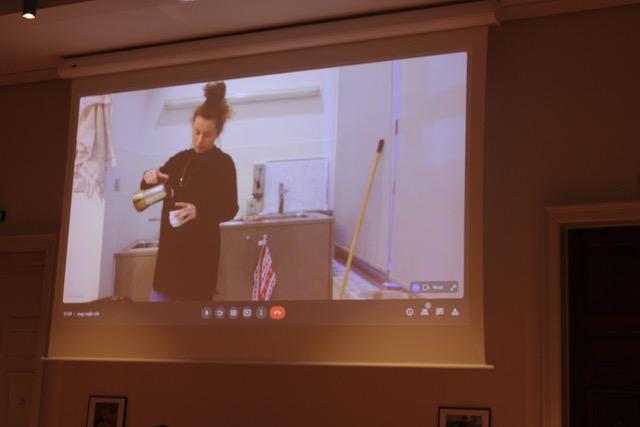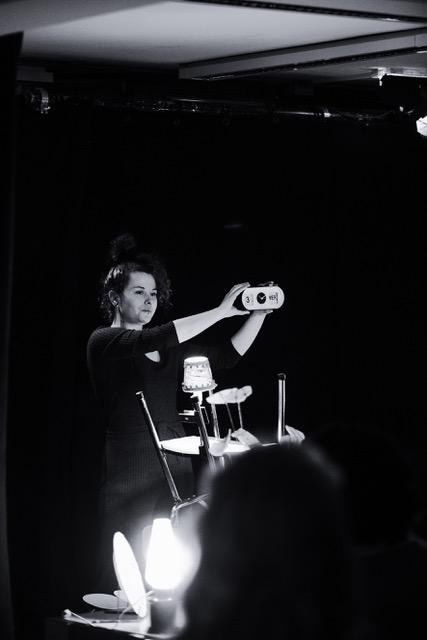Julie Saclier
Decentring in practice.
At the intersection of writing and performance art, Julie Saclier’s practice lies within the scope of contemporary poetry, language-based actions and artistic publication. While her methods have retained some of the techniques she experimented with during her time training at Pascal Poyet’s workshop “writing without writing” at isdaT Toulouse — particularly pasting, which consists in writing through the process of assembling elements from pre-existing texts —, her textual works are as much arrangements of protocols as experiments in writing with visuals and sound: micro-texts, lists, combinations, collections, inventories, performative objects, writing that requires activation. They are often bizarre — a simple and profound reconstructed poetics — and unexpected.
Somewhere between Barthes’ writing degree zero and the distancing, or even erasure, of the author as encouraged by Objectivism 1 — two approaches to writing that could confirm the hypothesis that these texts are purely formal and devoid of any subjectivity —, the artist’s voice can be read between the lines. One perceives it in the texts she chooses (the libraries in D’Via are already a poem in and of themselves!), or in her unusual montages, the most unexpected being the editorial object Agenda moyen [Medium Agenda, 2022], made in collaboration with Benoît Sanfourche 2. This agenda, which they created during lockdown, completely upends the structure of the Gregorian calendar by reorganising it in the alphabetical order of the seven days of the week rather than chronologically. The effect is unsettling but subtly deconstructs the conventional patterns we follow in relation to time.
By using objects, everyday life, memory and work as fields of investigation and tension, Julie Saclier questions our relationship with language — and what we do with it — and usages — what they do to us. Whether drawing from her family heritage in coal mining as a starting point for some of her works (Materia, Maniement de l’élégie [Manoeuvring the Elegy], Charbon, amplitude 1 [Coal, amplitude 1]) or reusing everyday objects (the forget-me-not motif of Arcopal plates used as a wallpaper pattern, or the installation Formica, variation 1), Saclier’s work gives us a glimpse into relationships of domination and alienation. As for feminist topics, the performances Autopsie domestique, Variations 1, 2, 3 and A [Domestic Autopsy] are hybrid readings inspired by literary texts or essays written by “like-minded” authors, staged amidst objects typically associated with a woman’s domestic life. These Formica household objects have been modified and customised to the point of becoming unusable, diverted from their primary function. Faced with this setup, one is suddenly reminded of another housewife, as portrayed by Delphine Seyrig in Chantal Ackerman’s film4. It is as if this exhausting and inexhaustible daily drudgery needed to be “terminated” — in which “term” takes on a polysemic significance: both enunciation and termination. Much like the word “medium”, which, in addition to being a means to an end, also designates something that occurs between two things and leaves room for something in the middle, like the slash, a typographic symbol that the artist is particularly fond of. In Julie Saclier’s poetic and performative output, the “medium” evades rules and finds a/its transgressive space.
Note:
1 Objectivism, as in the contemporary school of poetic research that emerged in the 1930s in the United States.
2 Julie Saclier and performer Benoît Sanfourche co-founded the performance duo Fo[…]nd Vo[…]x in 2018.
3 This piece was presented at the exhibition A l’ombre de nos sommeils at the Musée-Mine départemental in Cagnac-les-Mines, based on a project initiated by the Centre d’art Le Lait, Albi, 17 May — 5 December 2024.
4 Chantal Akerman, Jeanne Dielman, 23 quai du Commerce, 1080 Bruxelles (1976).
Translation: Lucy Pons
